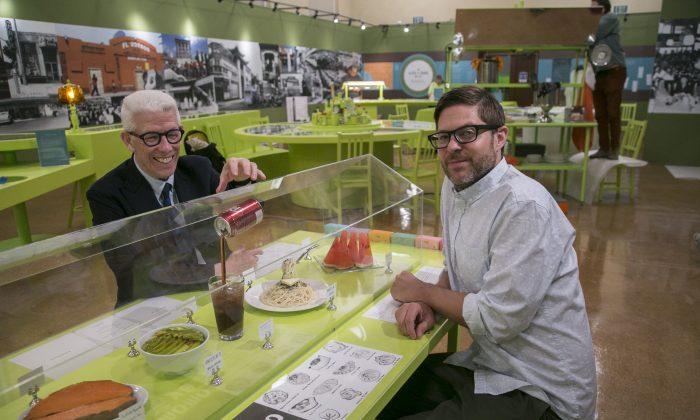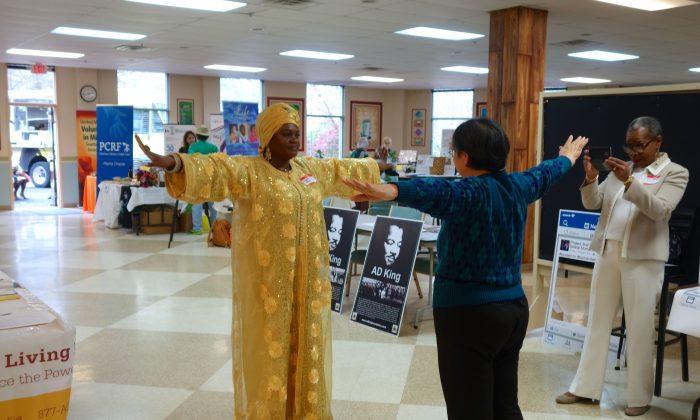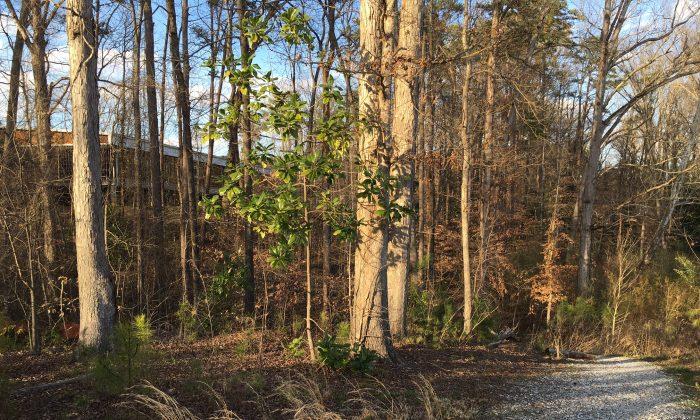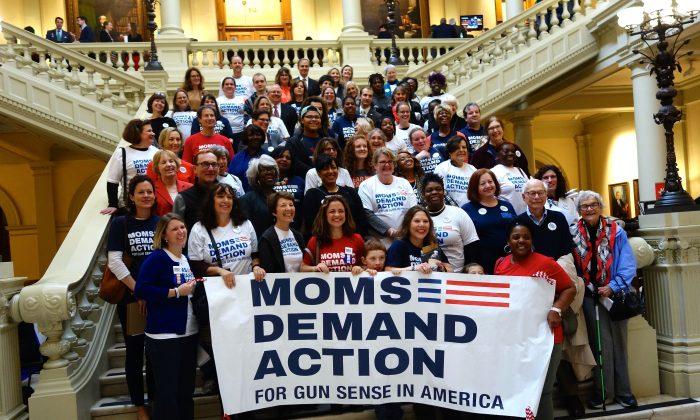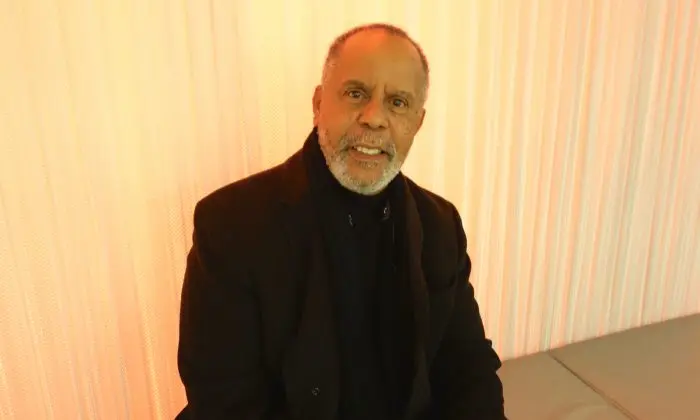I should have loved The Last Bookstore. The independent store in downtown Los Angeles sells books, takes donated books, and exhibits art. It has sculptures made from unusable donated books. It should be my cup of tea. I hated it.
It was a dark and gloomy day, inside the store. It was bright and breezy outside, but 100 percent Goth once you got in the door. Like the book-loving librarian I am, I began to cruise the shelves. It had sofas and chairs, where you could enjoy your literature in comfort. And a big honking sign. “THIS IS NOT A PUBLIC LIBRARY.” Therefore, one should strictly limit one’s time upon the furniture, was the finer print.
“Pleh!” I say. Not friendly.
It also did not have that many books to choose from. It had some good ones (looking at you, Yeats), but as a traveler mindful of luggage weight, I was not in a buying mood. I was not so disappointed with the selection. It was OK. The problem was not with the books. It was with the esthetic.
Everywhere was scary art. You got your netherworld vibe. You got your pallid, distorted monster people, your surreal landscapes. Your naked ladies, who seemed to be angry, as well as missing an eye here and a leg there. Your dreary palette: greys, blacks, whites, browns, icy blues. Ravens. It was the 21st century edgy thing going on.
When I rounded a corner and found a realistic sculpture of a stabbed frog in a pool of blood, grinning at me, I fled upstairs.
Upstairs had a lot more scary art along a hallway. And it had an oasis. There are nice vendors up there.
One was a knitting maven with a kind smile and bright skeins along her shelves.
My favorite refuge was a room presided over by a beautiful African lady with a cloud of hair. She was playing Ella Fitzgerald. She was offering old cameras, typewriters, and suitcases for sale. She had fragrant natural lotions and soaps.
The finely crafted leather, paper, wax, and metal of her wares calmed me. They had beauty and utility.
They were not the kind of images you might dream, if you ate two pizzas and washed them down with absinthe. Not like the paintings and sculptures throughout the bookstore.
Time in her room strengthened me. I ran the gauntlet of scary art, retrieved my checked backpack, and walked to the Los Angeles Public Library.
A Treasure
It is a treasure.
Of course, you can sit there as long as you like. I saw some impoverished old-timers who I imagined were staying there all day, every day. They sat in comfort in dignified rooms. But the hospitality was only one part of the treasure.
I reveled in it until closing time. Later, I contacted city librarian John Szabo, and asked him to comment on the building and the institution.
He said it well: “Public libraries are more dynamic and relevant than ever. Beautiful, well-designed library space is a critical component of delivering high-quality library services. Angelenos love our Central Library, architecture and public art, as well as the collections, services, programs, and exhibits. This affection they have for our flagship library plays an important role in advocacy, fundraising, and the connection people feel to the institution and its mission.”
It’s the third largest public library in the country, so it’s not fair to compare it with a simple bookstore.
But I can compare esthetics. The sense of what should and should not be made into art is almost a moral sense. I think the ancients believed we should honor what is beautiful with our hands and eyes. I think the ancients were right. We should make good art, as Neil Gaiman said. I think we should not make hideous, edgy art. I'd rather look up to the heavens than down to the netherworld.
LAPL was built in 1926, and it is beautiful, with all kinds of grace notes. The palette is warm: pinks and corals and ochres and greens and blues and polished wood. It has oak doors with brass details. It has ebony sphinxes. It has a mural of green leaves and white blossoms. It has inlaid floors. It has a stupendous Moorish ceiling.
It had an exhibit of hundreds of menus, with actual place settings and chairs, and photos of people enjoying meals together. Humane, convivial. Somebody—lots of bodies—worked together to create a noble, playful, elegant, public space.
And somebody set it on fire in 1986, closing it for a time. The LAPL website perkily notes that this accelerated its renovation.
Civilization is a phoenix, maturing, flying, crashing, and burning, and coming back. When the arts go bad, I think the whole culture is going bad. One bookstore gave me the willies, and made me feel I had entered a dystopia. One library reminded me that we still have glories and joys.
Mary Silver lives and works in Atlanta.
Correction: The Last Bookstore was decorated for Halloween in October. Epoch Times regrets the error.
